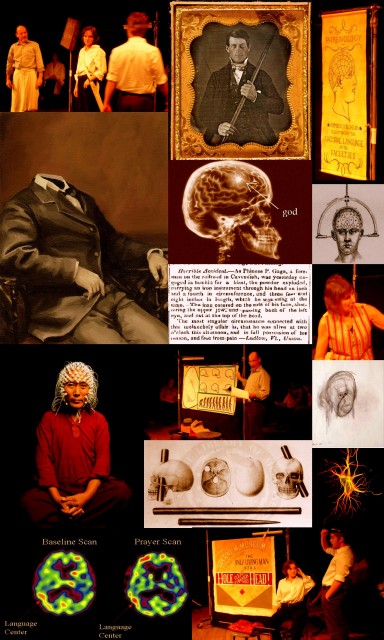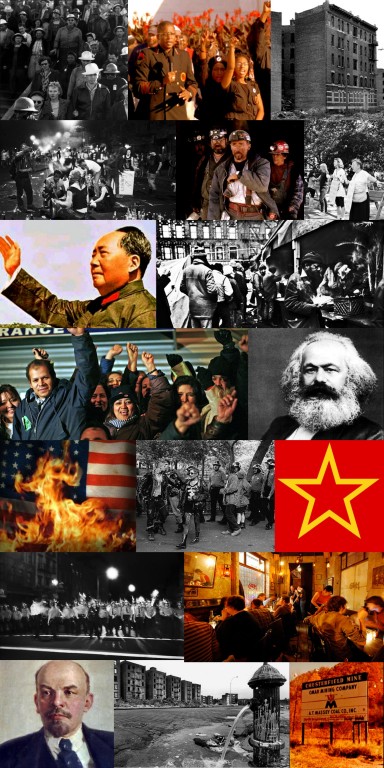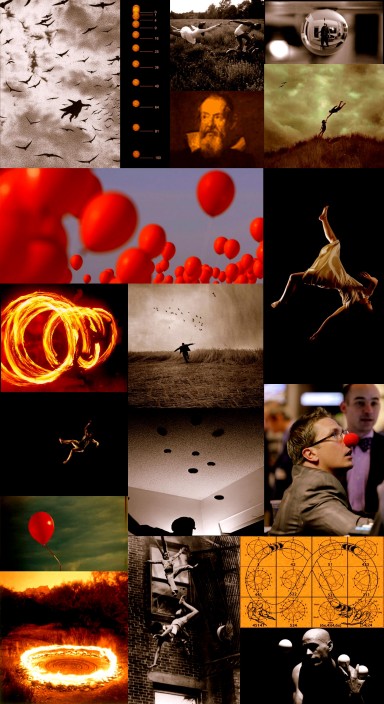recent/ongoing work
![]()
Excavation follows two daughters, each searching for fathers who have lost themselves by losing part of their minds – one, through a bizarre railroad accident in 1848; the other, through the disintegration of dementia. The play jumps back and forth, between America in the mid-1800s and corporate corridors and science labs of today – visiting the 19th century’s fascination with phrenology and the current burgeoning field of neurotheology along the way.
The play’s genesis is the case of Phineas Gage, considered to have launched modern neurology. In 1848, Gage, the responsible, genial foreman of a railroad crew, was in a freak accident which left him alive but missing a chunk of the pre-frontal lobe area of his brain, transforming his personality completely. Gage’s accident serves as backdrop, frame and echo for a harrowing present-day journey through the ravages of Alzheimer’s disease.
Excavation’s two daughters search for fathers in worlds as unique and enigmatic as the Barnum Museum itself, where Phineas Gage once did a stint in the Hall of Curiosities as The Only Living Man With a Hole Clean Through His Head.
First work shopped as a staged reading at the old Dixon Place, Excavation is still in development, most recently as part of IRT Theater’s 3B Development Series in the Fall of 2008.
IRT Cast and Crew: Michael Aiello, Tom Brangle, Chris Campbell, Anna Foss Wilson, Betty LaRoe, Cecil MacKinnon, Ralph Martin, Gregor Paslawsky; director, Gregor Paslawsky; a.d., Nell Del Giudice; design, Mick Kolodgy; tech, Mike Taylor
Original Dixon Place Cast and Crew: Carol Estey, Betty LaRoe, Keely Madden, John Nesci, Gregor Paslawsky, Bill Raymond, Dale Soules, Oliver Wadsworth, Will Warren, Marilyn Worrell; director, Rachel Dickstein; dramaturgy, Stephanie Coen
![]()
![]()
Constructed as a loosely linked montage of stories, scenes and vignettes, Redheads/Redtales is a group memoir written by Page Dougherty Delano, Ellen Geist and myself. The three of us first met in the late 1980s at a conference for activist artists in New York. We felt an immediate connection to each other and began getting together at a café on Washington Square Park to talk, share our writing and discuss politics. We discovered we had a lot of political language in common, along with a certain political outlook that resonated, but it took a couple of years of café meetings for us to confess our backgrounds in a far left Maoist political organization – the same far left Maoist political organization. How could it be we’d been members of the same revolutionary party without knowing each other?
Page’s work with the organization was in the mid-70s in the coal fields of West Virginia organizing miners and their wives. Ellen was sent to the factories of Ohio in the late 70s to lead union struggles. And throughout the 1980s I’d been spreading the revolutionary word in New York City’s projects and borderline neighborhoods like the South Bronx and East New York.
The idea of writing a group memoir came out of a conversation about what might be interesting to a larger audience about the kind of commitment and level of involvement the three of us had experienced. We realized there was something unique about our particular organization and our stories – unlike members of other groups, we were asked to abandon the class identity we were born into and to immerse ourselves in the working class or in Lenin’s “real proletariat” instead, essentially leaving our previous identities behind.
We began writing pieces of our individual stories and to look for a venue to present the work in order to gauge the level of interest. Our first gig was at Barbe’s café/club in Park Slope, Brooklyn. Forced to spontaneously come up with a name/title for the ad, we chose Red Heads/Red Tales – a double entendre, all three of us are red heads. Response to the Barbes reading was overwhelmingly enthusiastic, and since then we’ve continued to write and read new work. The full manuscript is almost complete – sections will soon be available online
![]()
This three character piece explores two aspects of our complicated relationship to the desire to fall/fly. The first has to do with asking where our compulsion-repulsion to falling comes from and how our fear translates into the yearning to fly. Our nightmares are ruled by the sensation of plunging into the abyss; we make paintings to capture the dichotomy of the freedom/terror inspired by moving through air; we refer to the possibility of falling as metaphor and symbol. The second relates to the theatrical “ordeal” known as the Ring of Fire. Actors have been stepping into the Ring for years as a theatre exercise, primarily in connection to Le Coq/Gaulier-inspired clown work. Why do they agree to step over that line and into the circle? What persuades anyone to voluntarily jump off that particular cliff, and what might be underneath the impulse? Fear of falling and stepping into an imaginary Ring of Fire – how do these things connect, especially on stage? To find out, the play recreates the Ring, examines the relevant rules of physics, and attempts to comprehend the miracle of juggling.
Dr. Madeline Caker is a physicist specializing in bodies in motion, specifically, falling bodies. She’s retreated into her research and teaching in order to avoid looking directly at what incessantly haunts her – her dead brother, Jerome, who was obsessed with flying. Leopold is a former actor and “dark clown” who’s refashioned himself into a workshop facilitator focused on unlocking the deepest insecurities of everyday people in order to free them from themselves – using the Ring of Fire as his primary tool. Concerned by a disturbing trend he sees in his clients, Leopold seeks out Madeline’s expertise in the hope of solving the mystery. The three characters come together around the Ring of Fire, each looking for the means to fly.
Short-listed for the 2008 HotINK! Festival, the play is still in development. Early scenes were first presented at a New Georges Performathon (2003); a workshop production of a complete version was presented in 2004 at the Vern Cliffe Center for the Arts, Portsmouth, Ohio, as part of the new-works-in-progress Third Millennium Festival.



